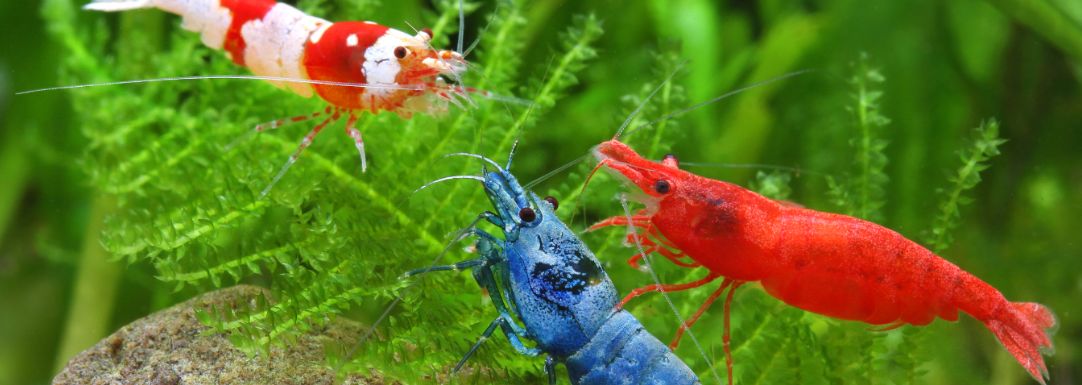Neocaridina Shrimp Starter Handbook: Easy Tips for a Colourful Tank

Fresh Advice for Shrimp Lovers
We’ve kept aquariums for years and seen how small creatures can spark joy. When we first heard about neocaridina shrimp, we got curious. We’ve faced worries: is the tank, right? What if water tests go odd? We’ve learned by trial and error. In this intro, we share our voice—brief and real. You’ll get clear pointers without fluff. We want you to feel sure before adding shrimp. This piece blends quick stories, simple steps, and friendly hints. By the end, you think set to pick healthy shrimp, set up a stable home, and handle basics like feeding and breeding. Ready to give your tank new life? Let’s jump into practical advice, easy checks, and little tricks we use. You’ll see it’s not rocket science—just patience, tiny steps, and a dash of fun.
Getting Started with Your Tank
You might wonder where to begin. First, choose a tank size that fits your spot—even five gallons work. Aim for gentle flow, so shrimp aren’t tossed around. Think about hiding spots. Plants, driftwood, or small caves give shrimp cover. That matters. They feel safe and explore more. Test water often at first. Keep pH near neutral. Keep the temperature around 70–78°F. Small changes help avoid shock. Weekly water swaps of 10–20% keep things steady. If you see odd readings, act fast. It’s easier than you think when you get into a routine.
Picking Healthy Shrimp
Look for active shrimp with clear eyes and solid colour. They should roam plants, not just hide. If they sit still too long, skip them. Quarantine new shrimp in a small separate container for about a week. That stops surprises. Feed lightly in quarantine. Watch for stress signs: faded colour or odd behaviour. If you see trouble, check your water or diet. After quarantine, add shrimp when the water matches the main tank.
Feeding and Everyday Care
Feeding seems simple but easy to overdo. Shrimp nibble algae but need extra food. Offer a small pinch of shrimp pellets or a bit of blanched veggie now and then. Remove leftovers after a few hours. Excess food harms water. Provide minerals, too; shrimp need calcium for shells. Crush a bit of cuttlebone or use supplement flakes. When they moult, they hide and eat old shells. That’s normal. Keep water stable so moults succeed. Watch colours: if hues fade, test water and tweak diet. Light feeding plus clean water makes shrimp lively.
Breeding and Population Control
Neocaridina shrimp breed on their own. A female shows eggs under her back. Leave her be. Provide fine-leaf plants or moss so babies hide. Feed tiny bits of powdered food for juveniles. Check numbers: too many shrimps stress the tank. If the population grows fast, consider sharing with a friend or moving some to another tank. Balance keeps things smooth.
Quick Fixes for Common Hiccups
- Cloudy water? It’s likely overfeeding or a new setup. Do more minor water changes. Hold off feeding until transparent.
- Faded colour? Check nitrates. Improve diet and minerals.
- Moult issues? Keep water steady. Add calcium sources.
- Algae flare-up? Shrimp help nibbles, but trim plants and adjust the light schedule.
Observe shrimp behaviour. They signal trouble before numbers drop.
Conclusion and Next Steps
We’ve shared our hands-on tips for setting up and caring for neocaridina shrimp. We believe simple routines and small checks lead to success. We covered tank basics, picking healthy shrimp, feeding, breeding, and quick fixes. Now, you’ve got a straightforward plan. We’re here to support you as you try these ideas. Let us know how your tank evolves.
We look forward to hearing about your shrimp tales. Ready to start? Let’s set up that tank and watch tiny explorer’s roam.





